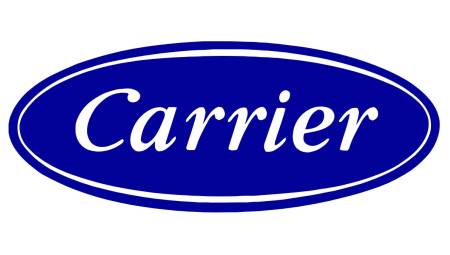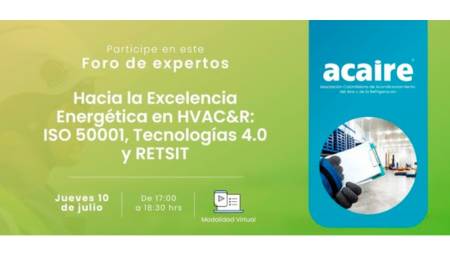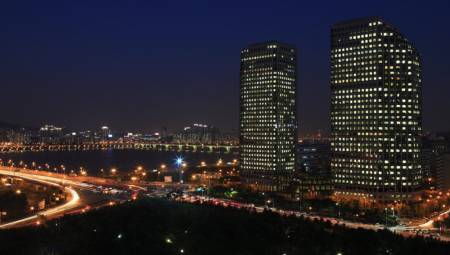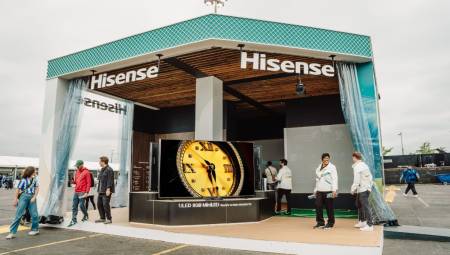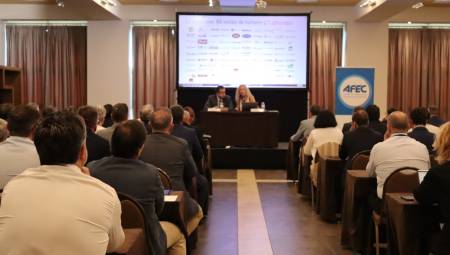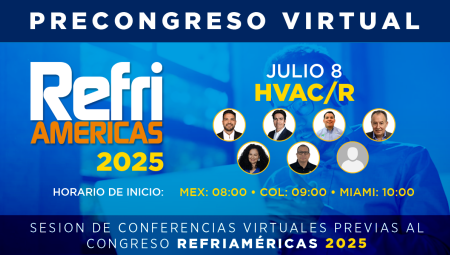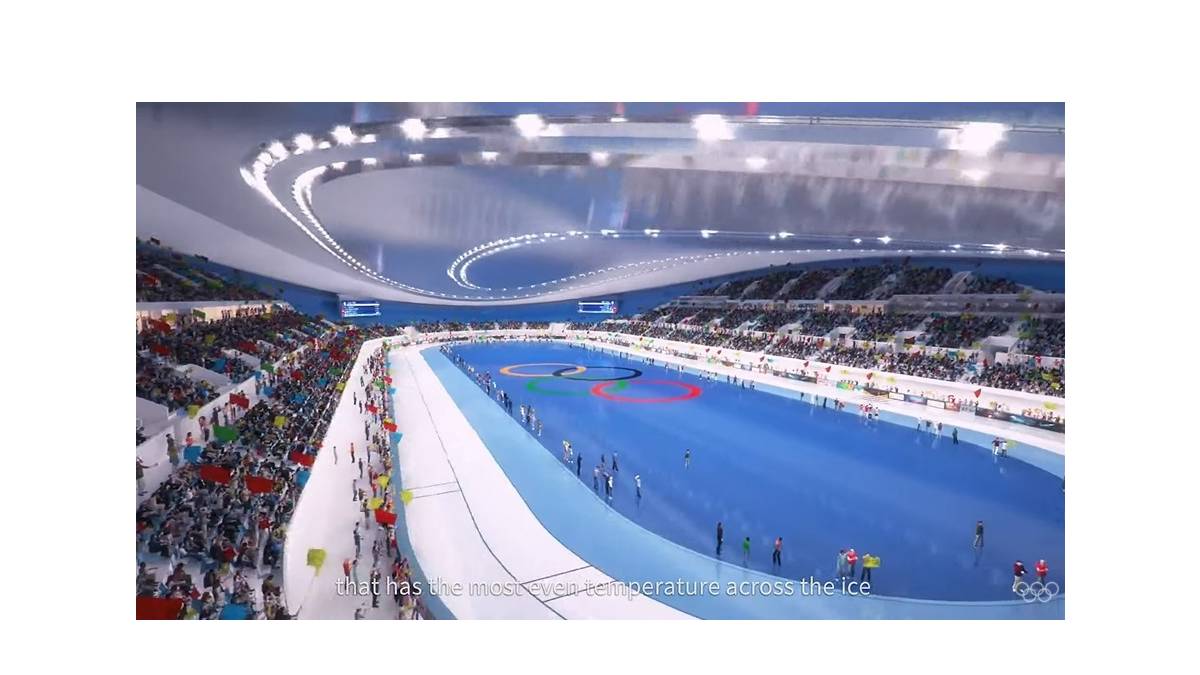 International. The upcoming Beijing Winter Olympics in 2022 will use CO2 as a coolant to create cooling on several ice rinks. This includes a world-record potential facility of a huge 12,000-square-meter speed skating oval.
International. The upcoming Beijing Winter Olympics in 2022 will use CO2 as a coolant to create cooling on several ice rinks. This includes a world-record potential facility of a huge 12,000-square-meter speed skating oval.
Sustainability, ice quality, energy efficiency and refrigerant costs are factors in choosing CO2 refrigerant for the Beijing games, according to refrigeration experts consulting with the International Olympic Committee (IOC). The huge speed skating oval being built for the games requires high-quality ice to minimize friction and maximize speed. "CO2 allows for very precise temperature control and uniform temperature across all ice, which is imperative for ice quality," said Wayne Dilk of CIMCO Refrigeration, who has been advising the IOC. "Conventional systems using HFCs and glycol have a higher temperature range under the ice and even a change of one or two degrees Farenheit can make a big difference for high-performance athletes."
The speed skating oval system also recovers the waste heat created by the cooling system and recycles it to heat the occupied spaces and provide hot water, making the system extremely energy efficient. This heat recovery feature is expected to save more than 2 million kilowatt hours of electricity each year, equivalent to the annual electricity consumption of 240 homes.
CO2 systems can often provide all the heating and hot water requirements of an entire ice rink, cutting its total energy use in half, thereby reducing emissions and costs. Discussing the efficiency benefits of CO2, Art Sutherland of Accent Refrigeration, who also consulted with the IOC, said: "CO2 offers efficiency benefits by generating more waste heat and a higher temperature than other refrigerants, making it particularly suitable for this sustainable building design feature. It also takes about 1/8 of the power to pump CO2 under the ice compared to glycol, another important energy saving."
CO2 refrigerant also costs less than HFC refrigerants. Because they are synthetically produced and patented, HFC-based refrigerants can often cost around fifteen times more per pound than CO2 or ammonia. For a large system like an ice rink that uses several thousand pounds of refrigerant, these costs add up. The huge speed skating oval for Beijing games uses about ten times more cooling than an average ice hockey rink. The choice of CO2 for this single location means a reduction in emissions equivalent to the annual emissions of 3,900 cars. Summing up, David Fauser, also from CIMCO, said: "When comparing HFC blends with CO2, I can't think of a single advantage. CO2 is less expensive, more efficient, non-toxic and provides better performance."
It remains an unfortunate reality that many ice rinks are being designed with climate-destroying HFCs. In a disappointing contrast to the Beijing Olympics, the National Hockey League recently partnered with an HFC producer to promote refrigerants with 600 to 1400 times the climate impact of CO2. The NHL's website incorrectly refers to these alternatives as "low global warming potential" and also claims that CO2 cooling is "cost prohibitive." At the same time, it acknowledges that one-third of the NHL's existing runways use ammonia refrigerant with zero climate impacts.
China's choice of CO2 for the Beijing games is a symbol of the rapid progress this technology has made in recent decades, not only on ice rinks, but also in other refrigeration sectors such as supermarkets. CO2 systems have experienced rapid absorption in recent years. In Europe and the US, the number of CO2 systems has increased by more than 60% annually in recent years. With many configurations of ammonia and CO2 systems available for new and replacement equipment, it is becoming increasingly clear that the use of HFCs on ice rinks in the future can no longer be justified.
Watch video:
Source: Taken from the International Energy Agency Blog.






